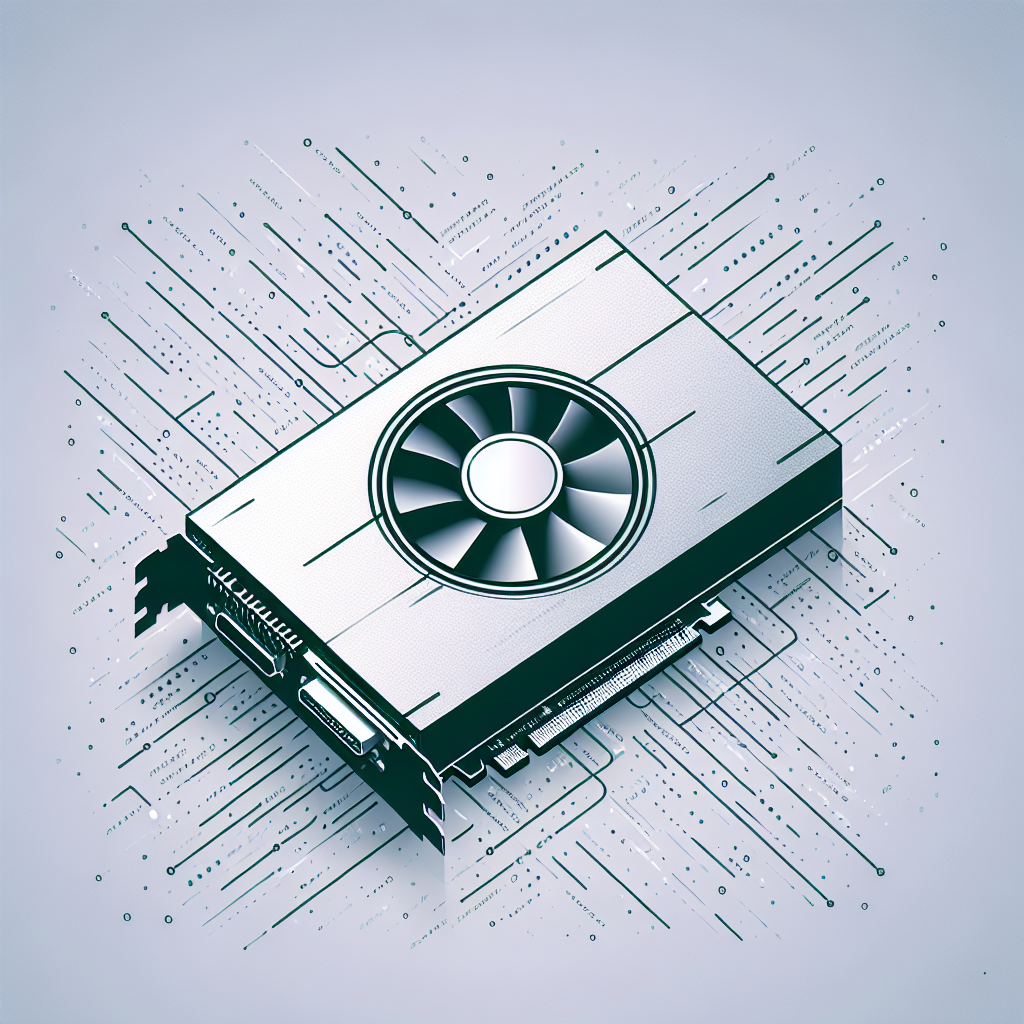Unraveling Nvidia's CUDA Moat: Challenges from Intel and AMD's New GPU Accelerators

Nvidia's Dominance in GPU Computing
Nvidia has long held a formidable position in the GPU market, largely due to its CUDA programming environment. CUDA, which stands for Compute Unified Device Architecture, has been pivotal in allowing developers to leverage Nvidia's powerful GPUs effectively. Over the years, it's become the backbone of countless applications, particularly in fields like artificial intelligence, machine learning, and high-performance computing.
Emerging Competition from Intel and AMD
In recent years, however, Nvidia's dominance is being challenged by tech giants Intel and AMD. Both companies are developing their own accelerators to compete on parameters like memory capacity, performance, and price. Despite these advancements, mere hardware improvements don't suffice. A crucial component of Nvidia's success story is its robust software ecosystem built around CUDA, which Intel and AMD are now attempting to emulate.
The Challenges of Replicating the CUDA Ecosystem
One of the critical factors that have kept Nvidia ahead is the vast amount of software developed specifically for its GPUs using CUDA. This reliance on Nvidia's ecosystem is often referred to as the 'CUDA moat.' Transitioning these applications to run on hardware from AMD and Intel isn't straightforward. It requires significant porting, refactoring, and optimization, all of which can be daunting tasks for developers entrenched in Nvidia's environment.
Efforts to Bridge the Gap
Acknowledging these challenges, AMD has introduced HIPIFY, a tool designed to automate the transition of CUDA code to their hardware. While promising, HIPIFY isn't without its limitations. Some aspects of CUDA, like device-side template arguments, still require manual intervention. Similarly, Intel's SYCL offers an alternative path, claiming to automate 95% of the conversion from CUDA to non-Nvidia accelerators.
Shifts in Developer Paradigm
Interestingly, both Intel and AMD note that the developer landscape is evolving. While CUDA programming remains prevalent, there's a shift towards higher-level programming frameworks like PyTorch. These frameworks abstract much of the underlying hardware-specific detail, making porting between platforms less of an issue. Thus, the profound reliance on Nvidia's CUDA in low-level development is becoming less critical in some contexts.
Conclusion: The Future of GPU Standardization
In conclusion, while Nvidia's CUDA moat remains a significant barrier for competitors, the landscape is rapidly evolving. Intel and AMD's advancements in hardware and software are gradually eroding Nvidia's exclusive hold on this market. As more developers adopt higher-level frameworks, the necessity to tether their work to one hardware solution might diminish, paving the way for a more diverse and standardized future in GPU computing.



Comments ()